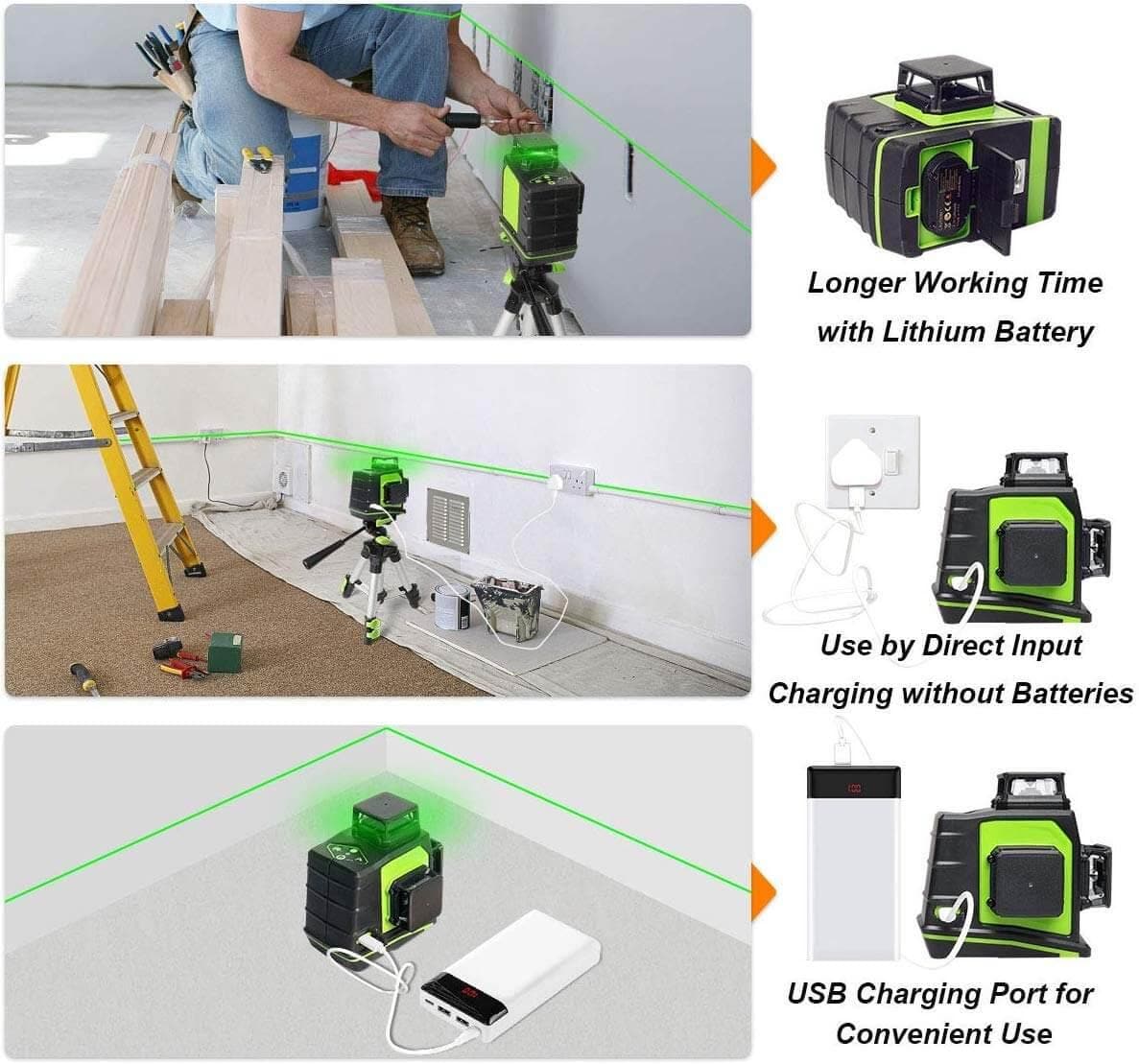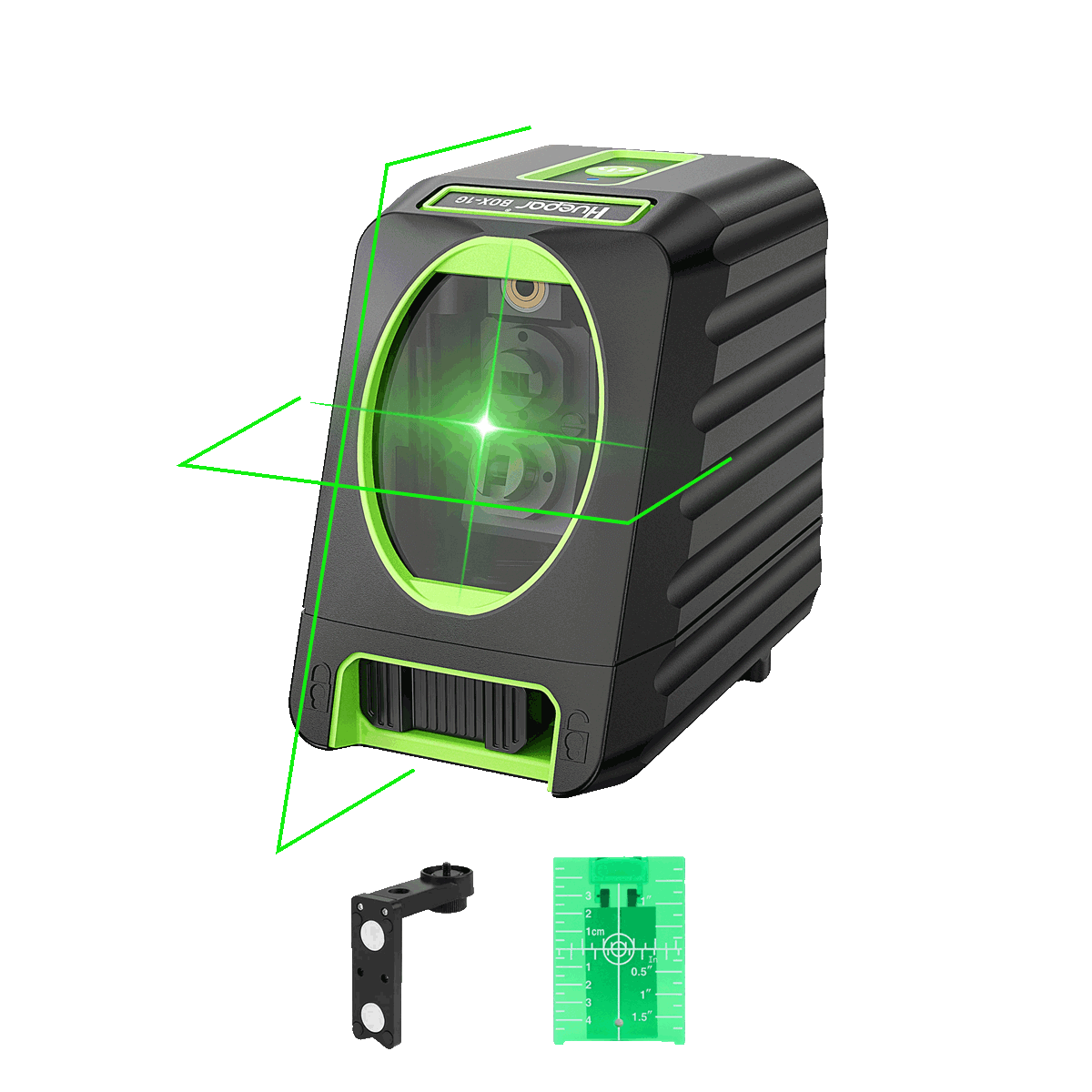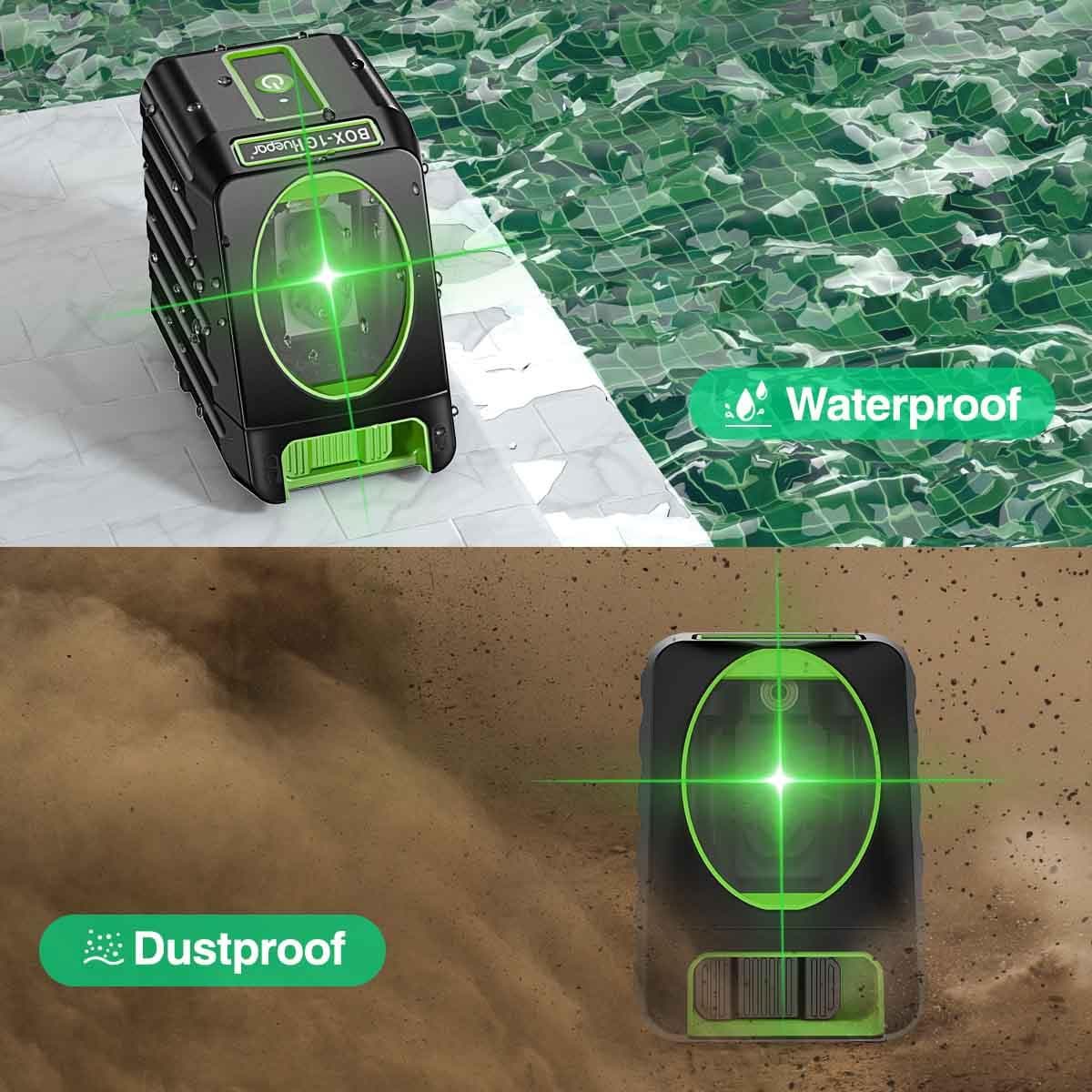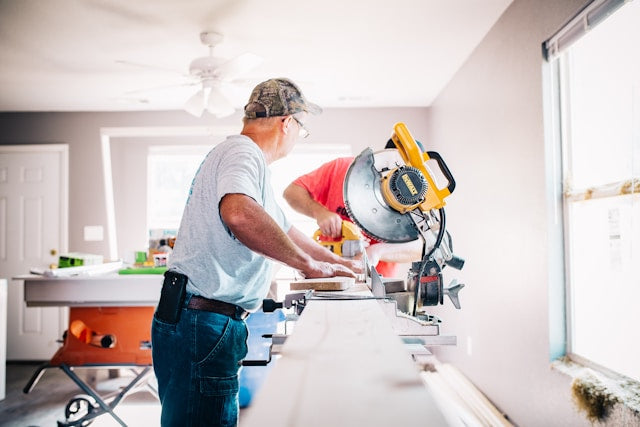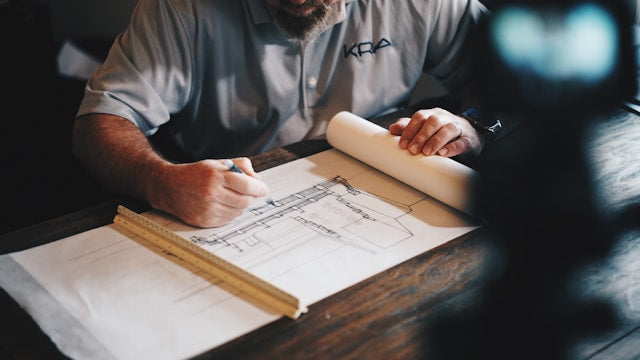
Transit Levels - Understanding and Using Transit Levels in Surveying and Construction
What are Transit Levels?
Transit levels are highly precise optical instruments designed primarily for surveying and construction projects. They are equipped with built-in spirit levels, which allow the precise relative positions and angles of the lines and the points to be found. Transits are used most notably in construction for reference line setup, the measurement of the angles, and the alignment of the structures with precision.

How Do Transit Levels Work?
They apply their optical precision to make precise vertical and horizontal measurements. With the help of the leveling vials and looking through the telescope, builders and surveyors can make precise measurements and alignments. Whether it is staking out property lines, establishing foundations, or aligning structural members, transit levels are the standard used by the industry for the level of precision required.
One major advantage of transit levels is the ability to establish relative positions with such precision. Transit levels allow one to set reference points, lines, and planes upon which subsequent construction operations are dependent. By doing this, it ensures structures are built according to specifications and within tolerable limits minimizing mistakes and opportunities for issues downstream.
Components of a Transit Level
A transit level is composed of several essential parts that work together to provide accurate measurements and readings. The key components include:
-
Telescope: This is the primary optical instrument used for sighting and taking measurements. It typically features locking levers to secure the line of sight and focus knobs for clear viewing.
-
Leveling Vial: Also known as a spirit level or bubble level, this graduated vial contains a liquid that helps ensure the instrument is perfectly level before taking measurements.
-
Base Plate: The base plate provides a stable foundation for the transit level, allowing it to be securely mounted on a tripod or other surface.
-
Alidade: This is the rotating component that houses the telescope and allows for horizontal and vertical angle adjustments.
-
Verniers: These are finely graduated scales used in conjunction with the main scale on the alidade to enable precise angle measurements, often down to fractions of a degree or even minutes of arc.
With the function and purpose of each component known, construction experts and surveyors are better able to install and operate a transit level to get highly precise results from their work.

How to Set Up a Transit Level
Proper measurement requires the proper setup of a transit level. It involves a series of critical actions:
Choosing the Right Tripod
The tripod forms the foundation of the transit level arrangement. It must be strong and firm enough to carry the weight of the instrument. The tripod legs must be set to the correct height and firm ground so that it is not disturbed.
Securely Mounting the Level
Secure the level with the tripod head through the use of a locking mechanism or thumbscrews. Ensure the level remains securely held and does not wobble or shift as it is used.
Leveling the Instrument
Following the installation, the transit level needs to be leveled properly. This is usually done through the process of leveling screws or the foot screws provided on the base plate. The internal level vial or bubble level is the optical device used to get the perfectly horizontal plane.
Focusing the Telescope
A critical component to calibrate and focus is the telescope. Rotate the focus knob to get the reticle or crosshairs clear and focused. This is crucial to ensure precise measurements.
Marking Reference Lines
After leveling and adjusting the transit level can be employed for the creation of reference lines or the indication of construction or survey marks. Rotate the telescope and with the crosshairs align and mark areas desired or elevations.
If you take the time to do these steps carefully, you can ensure that your level is properly set, optimising the reliability and precision of your measurements.
Transit Level vs Builder's Level
Transit levels and builder's levels are both optical surveying and construction instruments but differ in their capabilities. The main difference is with their capability to compute lines and angles.
A transit level is adjusted to be tilted vertically so it will properly read horizontal and vertical angles. This provides the instrument with a highly useful function for drawing a straight line, taking elevation measurements, and determining slopes and inclinations. Transit levels are also used for survey work, construction layout work, and any other type of work where precise measurements of angles must be made.

A builder's level, however, is confined to horizontal motion and does not translate vertically. Its primary use is the establishment of level lines and determination of relative heights in a horizontal plane. Builder's levels are used extensively in the construction process of a building, e.g., laying foundations, floor levelings, and installing proper slopes for drainage.
While the two instruments are essential for their roles, the transit level is employed for a variety of applications because it also measures vertical angles. This gives the surveyors and the construction crew the capability to undertake more complicated jobs like the construction of roads and bridges, and also topographical surveys where taking the angles is essential.
Surveying and Construction Applications
Transit levels are versatile instruments used for a wide range of survey and construction uses. They are used for mapping the contours and elevations of the ground surface with a high degree of precision. With the determination of true horizontal and vertical reference lines, transit levels allow surveyors to draw detailed topographic maps, which are essential for urban planning, construction, and environmental impact statements. Transits are critical during construction for ground work and layout. They are used in the determination of precise positions for foundations, footprint of the building, and the rest of the structure. Proper reference lines and elevations using transits ensure proper construction according to design plans with precise alignment and no costly errors.
Transit levels are also used for setting grade lines for roads, railway projects and other infrastructure projects. They aid the engineer in obtaining the desired slopes and drainage facilities through which the water can properly flow and the possibilities of flooding or erosion are reduced.
Besides, transit levels help determine reference lines for soil removal and movement operations. Transit levels control the actual removal or deposition of soil and other materials into the desired level and grade for the purpose of efficient and precise construction operations.
In summary, the precision and versatility of the transit level make it extremely useful equipment for survey and construction practice, helping ensure the successful execution of projects and the creation of trustworthy and precise topographic data.



